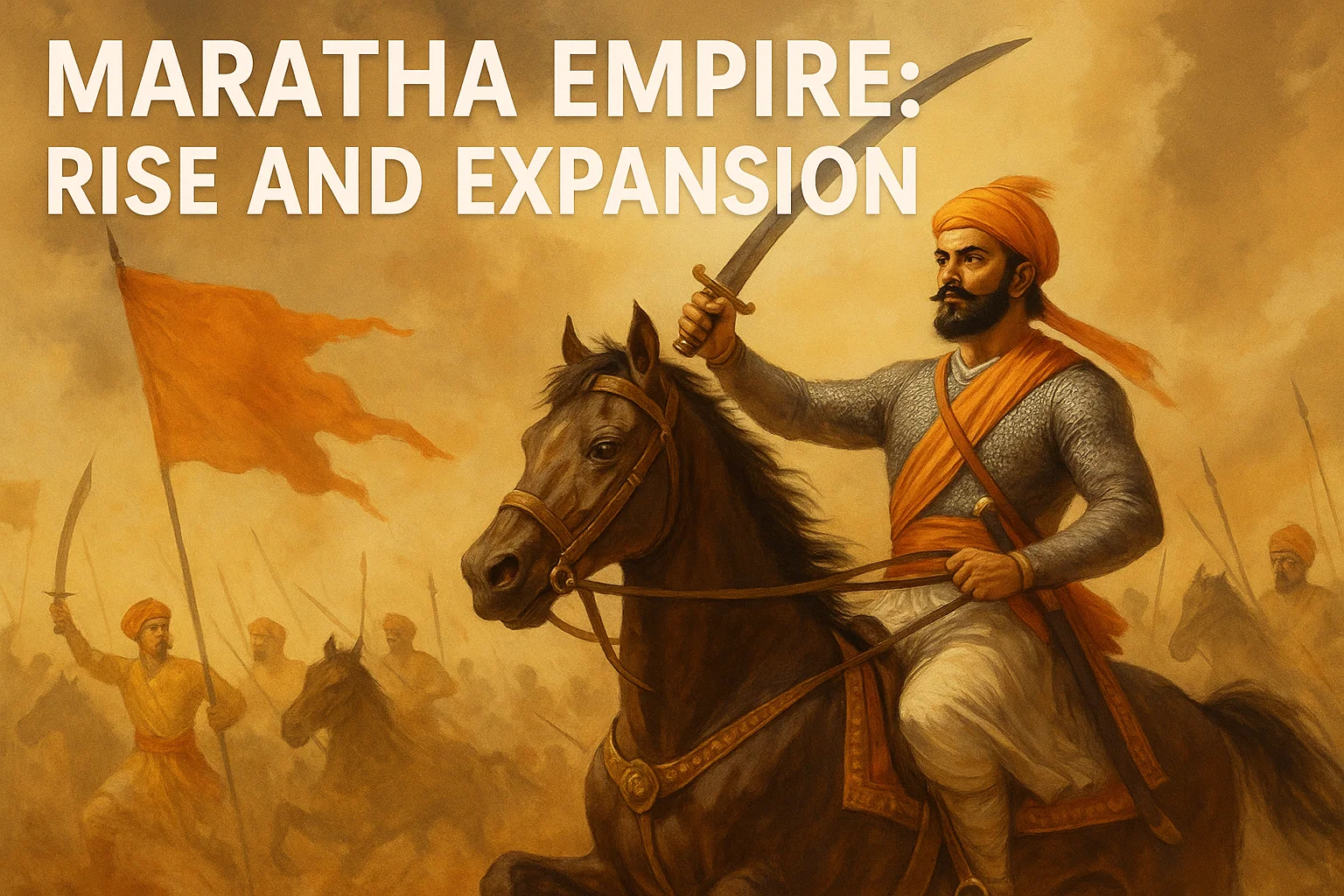Font size:
Print
Article 370 Abrogation: Unveiling the Truth Behind J&K’s Progress and Pitfalls After Six Years
Article 370 Abrogation: Six Years On, A Revealing Look at J&K’s Journey
Context: Six years after the August 5, 2019 abrogation of Article 370 and the reorganisation of J&K into two Union Territories, the move was projected as a catalyst for peace, development, and national integration. While political activity has resumed and a new government is advocating for statehood, the recent Pahalgam terror attack has reignited concerns over security stability in the region.
What were the constitutional, political, and legal justifications behind the abrogation of Article 370?
-
Background & Constitutional Position
-
-
- Article 370 was a “temporary provision” under Part XXI of the Indian Constitution, conferring special status to the erstwhile state of Jammu & Kashmir (J&K).
- It allowed J&K its own Constitution and autonomy over internal matters, while limiting Parliament’s legislative powers in the state.
- On August 5, 2019, the Union Government abrogated Article 370 via Presidential Order and reorganised the state into two Union Territories: J&K (with legislature) and Ladakh (without legislature).
-
-
Government’s Rationale for Abrogation
-
-
- National integration: Uniformity in application of central laws.
- Security: Combating separatism, terrorism, and cross-border insurgency.
- Governance: Better implementation of central schemes.
- Socio-economic development: Ensuring equal rights and opportunities for all citizens.
-
- Judicial Endorsement: In December 2023, the Supreme Court of India upheld the constitutionality of the abrogation, affirming that Article 370 was indeed temporary and that its continuance was “anomalous.”
How has the political landscape evolved post-2019?
- Democratic restoration: After President’s Rule, Assembly elections were held with 63.88% turnout; Lok Sabha elections in 2024 witnessed the highest participation in 35 years, indicating renewed political engagement.
- Power structure: Despite the formation of a National Conference (NC)-led government, critical departments like Home and Services remain under the Lieutenant Governor, reflecting curtailed autonomy.
- Statehood demand: NC and PDP have passed resolutions seeking restoration of statehood and “special status.”
- Centre–UT tension: Evident in events like the 2025 Martyrs’ Day standoff, indicating friction over regional identity and political assertion.
How has the security situation evolved in J&K since 2019?
- Security Improvements
-
- Terrorist killings dropped from 129 in 2019 to 28 in 2025; stone-pelting, hartals, and separatist mobilisations have virtually ceased.
- Recruitment into terror groups has become negligible, indicating erosion of insurgent appeal.
- No stone-pelting cases reported in 2023 (compared to 2,654 in 2010), as per Ministry of Home Affairs (MHA) data.
What are the economic outcomes in J&K post-abrogation?
-
Macroeconomic Performance
-
- GSDP rose from ₹1.17 lakh crore (2015–16) to ₹2.63 lakh crore (2024–25), but the growth rate slowed after 2019.
- The per capita income gap with the national average widened — now 76% (down from 84% in 2011–12).
- Fiscal Stress: Debt at ~60% of GSDP (vs 30% all-India average); fiscal deficit ~6%, breaching FRBM Act norms.
-
Unemployment Crisis
-
- Unemployment touched 23% in 2023, remaining at 17% in 2024.
- Among youth (15–29 years), joblessness exceeds 30%, almost double the national average (PLFS data).
- Labour force participation is rising under economic stress, but industrial employment remains at decadal lows.
-
Industrial Development: Disconnect Between Proposals and Reality
-
- ₹1.63 lakh crore worth of industrial proposals, yet actual capital formation is minimal.
- Annual Survey of Industries (ASI): Factory count stagnating; capital intensity declined since 2016–17.
- Credit-to-GSDP ratio stands at 38% (vs 99% in Maharashtra), highlighting poor financial intermediation.
-
Infrastructure and Energy Development
-
- Flagship projects: Udhampur-Srinagar-Baramulla Rail Link completed; 19 road/tunnel projects sanctioned.
- Energy crisis persists: Despite installation of 5.74 lakh smart meters and 25% drop in T&D losses, winter power availability drops from 3,500 MW to ~600 MW.
- ₹10,000 crore power infra investment expected to double capacity by 2026.


